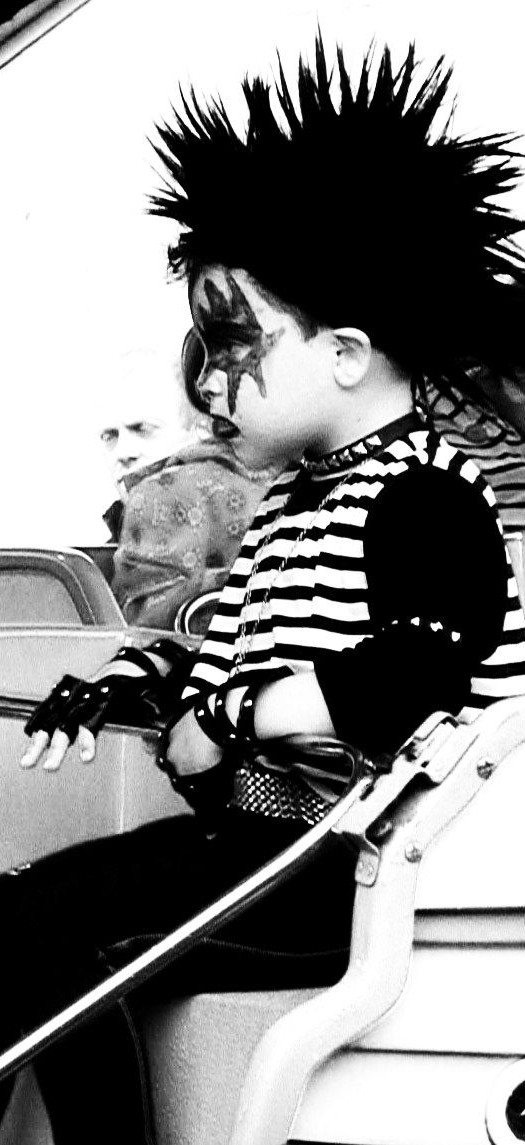E.G. Silverma n was a finalist for the 2012 Flannery O’Connor Award for Short Fiction for his short story collection Hardly Any Mess At All. Silverman’s short stories and novel excerpts have appeared in Beloit Fiction Journal, South Dakota Review, Harpur Palate, 2 Bridges Review, Fugue, Berkeley Fiction Review, Reunion: The Dallas Review, and many other literary magazines. A complete list is at EGSilverman.com. He’s studied with Brian Morton, Sheila Kohler, Carol DeChellis Hill, and Jonathan Baumbach.
n was a finalist for the 2012 Flannery O’Connor Award for Short Fiction for his short story collection Hardly Any Mess At All. Silverman’s short stories and novel excerpts have appeared in Beloit Fiction Journal, South Dakota Review, Harpur Palate, 2 Bridges Review, Fugue, Berkeley Fiction Review, Reunion: The Dallas Review, and many other literary magazines. A complete list is at EGSilverman.com. He’s studied with Brian Morton, Sheila Kohler, Carol DeChellis Hill, and Jonathan Baumbach.
E. G., in this chapter of Be My Own Father young Harry recreates his present to help understand the past. He has emulated his father’s life to a tee until it puts him behind the wheel of his Camaro in what may become his final ride. He relates the anguish of growing up without having ever known his father, and the torment he undergoes as he seeks to learn the possibly frightening truth. Does the reader already know the full back-story of Harry’s family that he can’t seem to pry from his mother?
This is near the end of the book. While the reader has been given clues as to the full back-story, this is the first time where it’s laid out in detail. Still, one must wonder how reliable Harry is. After all, he is a teenager boiling over with anger and resentment. Can one accept his interpretation of what he believes are the facts? The reader gets the answer in the final scene, an epilogue after this chapter, but by then it is too late for Harry.
In a sense though, does it really matter what the truth is? Isn’t how characters respond to what they perceive as the truth more important? As their perceptions change, the truth changes, and so do their responses to it. At its essence, that’s what the novel is about, as is much of my work. In life, we all struggle to discover the truth, we rarely do, and yet out entire lives are based on our perceptions of it.





